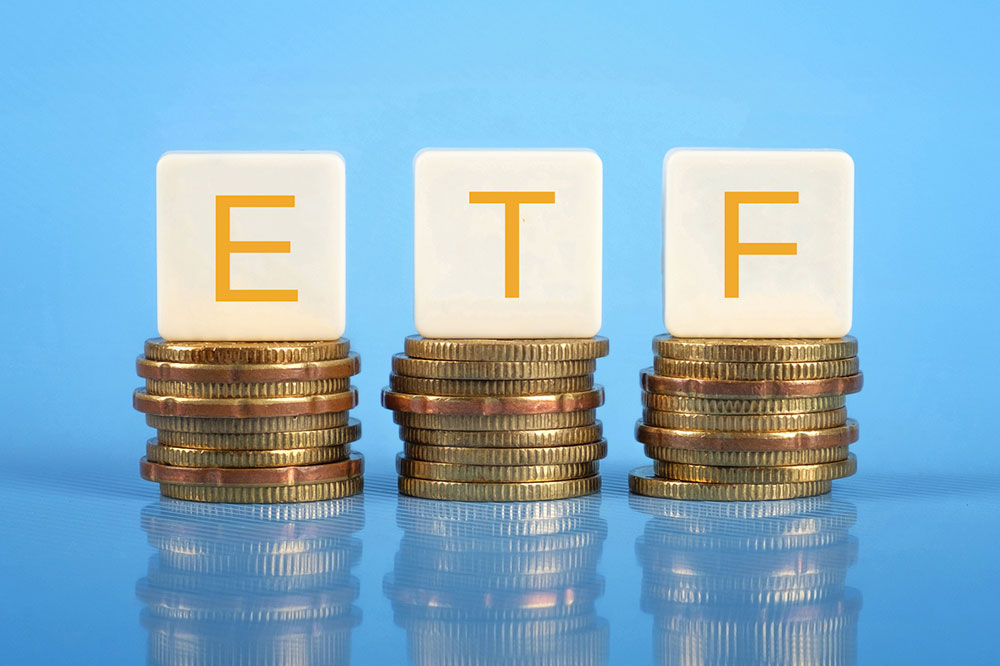Comprehensive Guide to Top ETFs for Investors Amidst Market Uncertainty
This comprehensive guide explores top ETFs suited for investors during uncertain markets, focusing on high dividend yields, sector diversification, and risk mitigation. It offers insights into ETFs in energy, real estate, international markets, and small-cap stocks, helping investors make informed decisions to maximize income and growth prospects in turbulent times.

Comprehensive Guide to Top ETFs for Investors Amidst Market Uncertainty
In today’s volatile economic landscape, smart investing strategies are essential for safeguarding assets and generating consistent income. Exchange-Traded Funds (ETFs) have gained popularity as a versatile investment vehicle, especially during periods of market instability. High-dividend ETFs, which focus on sectors like energy and real estate, offer the potential for attractive yields and diversification, making them ideal options for investors seeking stability and income. This comprehensive guide explores some of the most promising ETFs currently available, analyzing their performance, sector exposure, risks, and investment strategies to help investors make informed decisions.
Below, we delve into five key high-dividend ETFs that have emerged as noteworthy choices during this challenging market environment. Each ETF is evaluated based on its historical performance, sector focus, dividend yield, expense ratios, and overall investment appeal.
Legg Mason Low Volatility High Dividend ETF (LVHD)
The Legg Mason LVHD ETF is designed to offer investors high yields with minimized price fluctuations, making it an excellent choice in uncertain times. Despite posting negative returns for the year due to market pressures, LVHD has outperformed the broader S&P 500 index, demonstrating its resilience and appealing risk profile. The ETF tracks the QS Low Volatility High Dividend Index, which emphasizes stocks that combine high dividend yields with low volatility. Notably, around 25% of its holdings are concentrated in the energy and real estate sectors, sectors known for their income-generating potential.
This ETF maintains broad diversification, with no individual holding exceeding 2.8%, reducing company-specific risks. Currently, LVHD offers a dividend yield of approximately 3.36%, supporting income-focused investors even during turbulent periods. Its expense ratio stands at a competitive 0.27%, making it cost-effective for long-term investors aiming for stability and income. The fund employs a strategic balance of income generation and risk mitigation, making it a relevant option for conservative investors looking to navigate market volatility.
VictoryShares US Large Cap High Dividend Volatility Weighted ETF (CDL)
The VictoryShares CDL ETF has been established for over five years, amassing assets exceeding $207 million, which indicates solid investor confidence. It tracks the Nasdaq US Large Cap High Dividend 100 Volatility Weighted Index, employing a flexible strategy that emphasizes high dividend yields while carefully avoiding exposure to the real estate sector. Instead, its portfolio contains significant holdings in financial services, accounting for around 22.84%, which provides a stable income stream and exposure to an essential economic segment.
With an approximate yield of 3.23% and an expense ratio of 0.35%, CDL offers a balanced risk-return profile. Its volatility-weighted approach aims to select stocks with high dividends but lower price fluctuations, making it suitable for investors seeking to balance income with risk management. The ETF’s diversified holdings across large-cap stocks in key sectors provide confidence in its capacity to deliver consistent dividends amidst market fluctuations.
Xtrackers MSCI EAFE High Dividend Yield ETF (HDEF)
For investors with international exposure, the Xtrackers MSCI EAFE High Dividend Yield ETF offers an attractive 4.77% dividend yield. This ETF targets developed markets outside North America, providing geographical diversification that can act as a hedge against U.S. market volatility. Despite ongoing global uncertainty, HDEF emphasizes stocks in stable regions like the UK and Japan, which account for 24.64% and 11% of the fund, respectively.
The fund’s energy sector exposure remains minimal at 4.65%, focusing instead on integrated oil companies that prioritize cost reduction without cutting dividends. Such a strategy emphasizes resilience in the face of energy market fluctuations. With an expense ratio of just 0.20%, HDEF presents an efficient international diversification tool for income-seeking investors aiming to capitalize on global dividend-paying stocks during uncertain times.
Vanguard Small-Cap ETF (VB)
The Vanguard VB ETF provides an affordable entry point for investors looking to diversify into small-cap stocks, which often offer higher growth potential compared to large-cap counterparts. Tracking the CRSP US Small Cap Index, VB invests in companies with a median market cap of $4.2 billion, emphasizing relative value and growth opportunities in the small-cap segment.
This ETF boasts an ultra-low expense ratio of 0.05%, making it suitable for long-term investors seeking cost efficiency. Although its dividend yield stands at approximately 2%, the primary appeal lies in its growth potential, fueled by the dynamic nature of small-cap companies. Investing in VB can help diversify a portfolio beyond large-cap stocks and capture potential upside during economic recoveries or periods of market expansion.
WisdomTree Emerging Markets ex-State Owned Enterprises ETF (XSOE)
As economies such as China reopen and activity in sectors like fuel consumption rebounds, the WisdomTree XSOE ETF presents a compelling opportunity to tap into emerging market growth. This ETF tracks the WisdomTree Emerging Markets ex-State Owned Enterprises Index, focusing on non-state-owned companies across a broad spectrum of emerging economies, including China, Taiwan, and South Korea.
The fund holds approximately 39% of its assets in Chinese companies, alongside diversification into other key regions. It offers a dividend yield of about 2.6%, providing investors with income potential alongside capital appreciation prospects. With an expense ratio of 0.32%, XSOE offers a strategic exposure for investors eager to capitalize on the recovering and emerging markets’ expanding middle class, infrastructure development, and economic reforms.
In conclusion, navigating today’s market requires a strategic approach emphasizing diversification, income, and risk management. The ETFs highlighted above cover a range of sectors and geographies, providing investors with options to build resilient portfolios capable of weathering economic uncertainties. Carefully considering each ETF’s sector focus, dividend yields, expense ratios, and risk profiles can help investors optimize their investment strategies during challenging times.





